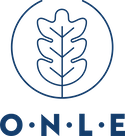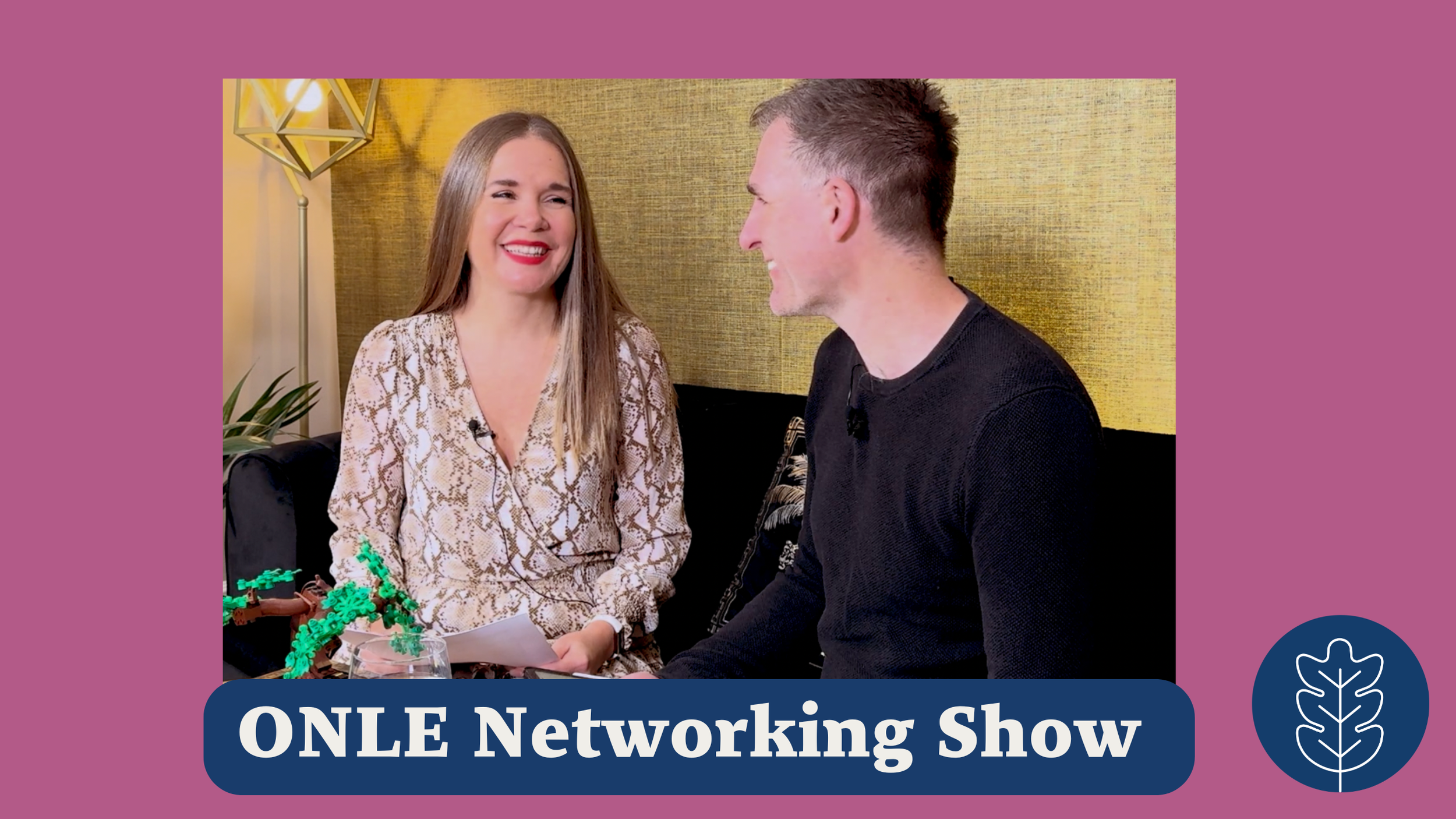Have you fallen into the networking ‘passive connection’ trap?
Whether you attend online networking, connect on LinkedIn, or both, it’s easy to collect connections which appear to grow your network. But in reality, the wrong connections can easily restrict and damage your network. James West, co-founder of ONLE Networking explains how to build an online network that listens and supports you.
Online networking, through events like ours, or via LinkedIn, make it laughably easy to make ‘connections’. A new request pops up, you click 'accept,' and just like that, your network grows. But does it? Or have you unwittingly added people who have no real interest in what you do? And in meaningful terms SHRUNK your network?
At ONLE Networking, we see this all the time: professionals growing their ‘connections’ but struggling to see real engagement or results. The reason? They’ve fallen into the passive connection trap.
Why passive connections hold you back
LinkedIn and networking work well together, but only if your connections are relevant and engaged. If you accept connection requests from strangers, or connect with people from networking events without a message or conversation to kick-start a relationship, you may be building a network of people who have zero interest in your work, your content, or even your industry.
Why are these ‘passive connections’ so damaging? When you post, LinkedIn initially shows your content to a random, limited number of your connections. If that group doesn’t engage, LinkedIn assumes the content is not of interest - irrespective of its quality or relevance to the rest of your connections. That means it doesn’t bother sharing your post with your remaining connections - and the post disappears into a void.
This is why that finely crafted post which you were so convinced was useful gets no likes, no comments, no reach. You’re left wondering why LinkedIn ‘doesn’t work’ for you. You curse the algorithm. Question the time of day you posted. Or lose confidence in your content. When in reality, the problem was more simple: the people who saw the post had no interest in it or you.
How to build a meaningful network
Instead of passively accepting/making LinkedIn requests, make sure each connection enhances your online network and reach. Here’s how I do it:
Screen Your Connection Requests
Before accepting, check their profile. If you already know them, perhaps through a networking group you’ve just attended, that’s fine. Accept the request and send them a personal message. It is this message that helps turn that connection into a relationship.
If you don’t know them, don’t accept the request. Yet. Have a look at their profile. Do they work in a relevant industry? Have they interacted with your content before? Once you’ve got a feel for them, send them a message:Send a Personal Message
Here’s the stock message I send to connection requests from people I don’t know:
“Hi [Name], thanks for connecting. What prompted you to reach out? I love meeting new professionals and connecting with people here to network!”
(Not sure how to message people BEFORE accepting the request? Read my blog here)Follow Up Before Cancelling: If they don’t reply within a week or so, send a second message:
“Just checking you saw this.”
If they don’t respond, remove the connection. They are either inactive or not interested in meaningful networking. Either way, adding them as a contact will damage your network.Remove Inactive Connections (gradually): If your network is full of people who never engage, it’s time to tidy things up. However, don’t remove too many connections too quickly—LinkedIn doesn’t like it when you ‘shrink’ your network. Also, consider whether you’ve changed industries. You may now be connected to people no longer interested in your content. Use that knowledge to gradually refine your connections over time and focus on those who are genuinely relevant.
Take an active approach to networking
“You curse the algorithm. Question the time of day you posted. Or lose confidence in your content. When in reality, the problem was more simple: the people who saw the post had no interest in it or you.”
James West, ONLE
The same rules and pitfalls apply to networking events. You attend, make some LinkedIn connections, and maybe add the contacts to your CRM. But without a relationship, you’ve simply added connections. Passive connections.
Therefore, instead of simply showing up to networking events and exchanging business cards (or LinkedIn requests), use the event as an ice-breaker to start real conversations.
When you connect with someone at an event, show genuine interest in them. The best way to get attention from new connections is to give them attention. Mention something they said during the event, reference their LinkedIn profile, or comment on a post they’ve shared. This makes the connection feel more natural and demonstrates that you see them as more than just another name on your list.
After the event, don’t just send a connection request and move on. Instead, send a personalised message reminding them of your conversation. For example:
“Hi [Name], I really enjoyed our chat about [topic] at [event name]. Your insights on [specific point they made] were really interesting. Let’s stay in touch—I’d love to continue the conversation.”
And don’t forget about people who didn’t attend. A simple message like “I noticed you were on the list for [Event], but we didn’t get a chance to connect. Let’s fix that!” can help build relationships in a way most people don’t think to do.
(These examples are quite formal/generic, purposely to demonstrate the type of messaging to send. So please write versions that sound like you, not cut-and-paste!)
By taking a more active approach to your connections, both online and in person, you stand out as someone who values real relationships. This not only strengthens your network but ensures that when you share something, you’re more likely to get engagement from people who genuinely know and support you.
And the most important activity to back up this foundational network is to engage your network. To continue deepening the relationship, like/comment and share other people's content. At networking, continue to listen for opportunities to help and have conversations. Relationships are organic - you must keep working at them for them to maintain their value.
Learn how to connect LinkedIn and networking by watching James & Kelly on the ONLE Networking Show
Your Network Should Work for You
The best networks are made up of people who know who you are, support your work, and genuinely want to stay connected. If you find that your LinkedIn posts aren’t getting engagement, it might not be because of the algorithm—it could be because you’ve built a network that isn’t truly listening to you.
So, take a step back and ask yourself: Have I fallen into the passive connection trap? If the answer is yes, start making changes today. Build a network that listens, engages, and supports you. That’s how real networking works.



